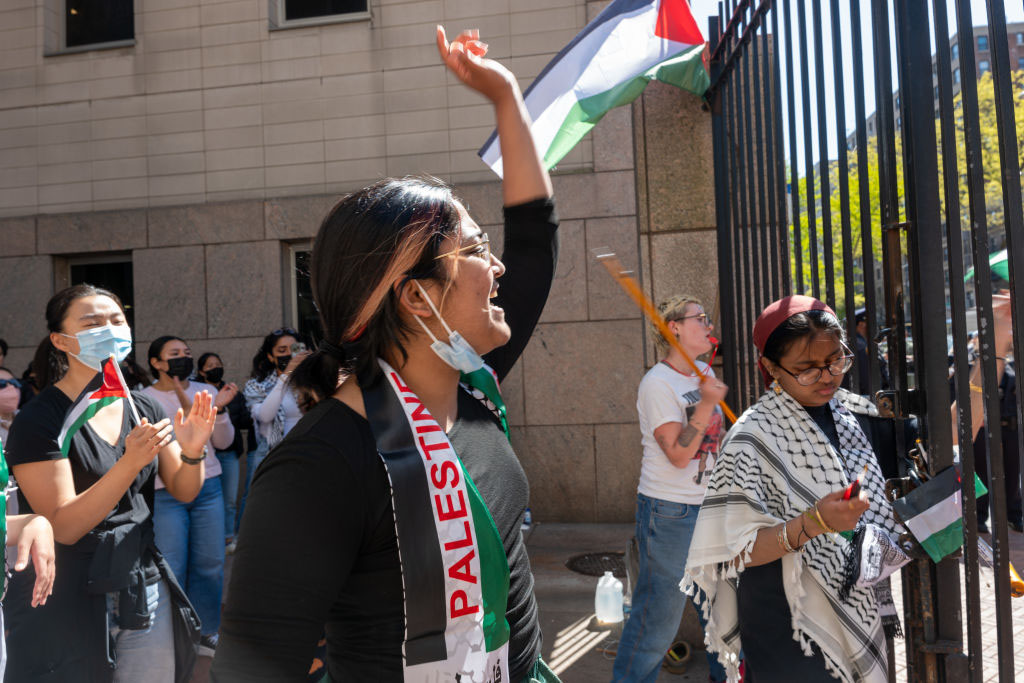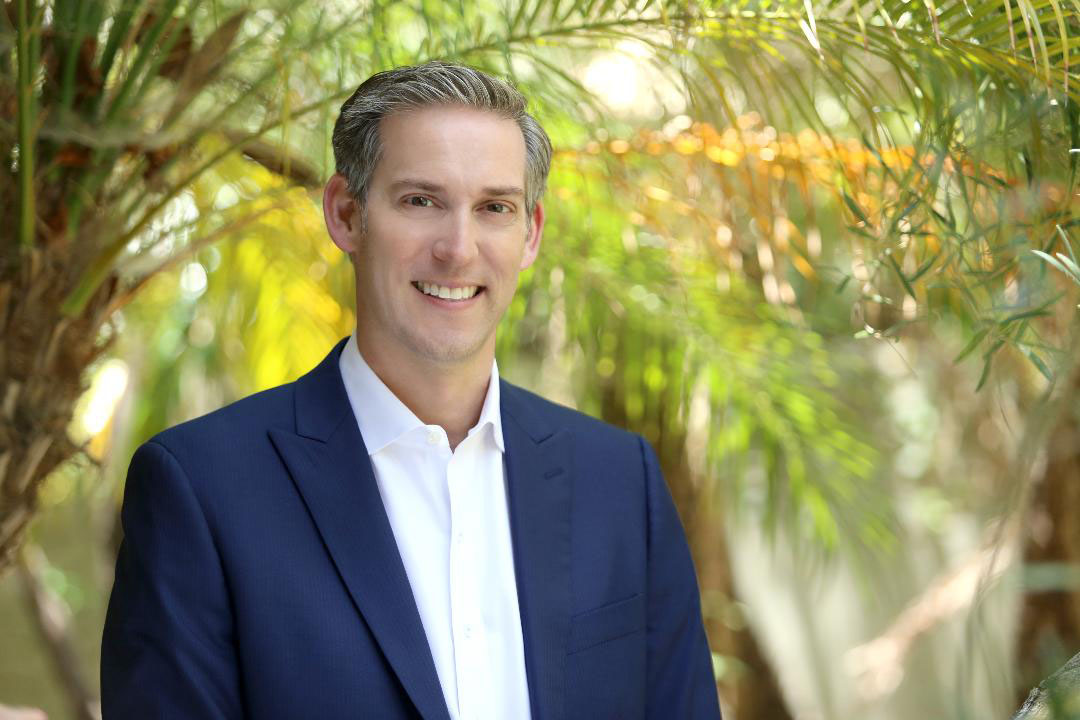 Photo courtesy of Jordan Namerow
Photo courtesy of Jordan Namerow
Nearly two weeks ago, Boston writer and strategic communications professional Jordan Namerow was driving her 4-year-old son, Lior, to school when he started asking about COVID-19: “What happens to the doctors who are treating people who are sick? How do the doctors stay healthy and safe? What if the virus never stops spreading? What’s going happen to people who can’t get medicine? Are we still going to celebrate Passover?”
Her son prompted the 37-year-old to create “The Four Children and COVID-19,” an online Google document that examines these questions during the Passover seder. Instead of the wicked, wise, simple and omnipotent children, Namerow repurposes the famous four questions in a way that allows families to talk to their children about the global pandemic.
The document has been shared around the country and in Poland, Australia, Israel and England. Synagogues, Boston Children’s Hospital, Jewish Federations of North America,18Doors, and OneTable also are incorporating her piece in their seder materials.
The Journal caught up with Namerow by phone.
Jewish Journal: How have you been during this time and how did that turn into creating “The Four Children”?
Jordan Namerow: I dropped [Lior] off at school, I came back to my house and sat at my computer. I had this moment of thinking about the ways in which spirited inquiry can be integrated into ritual for Passover. I sort of started giving voice to those questions that he had been asking in the car in the framework of the four children and the four questions.
JJ: The four questions are a point in the seder when children can participate. Was that present in your mind when creating this?
JN: Yeah, I would say so. I think so much of my lens right now related to navigating this global pandemic has to do with how we share all of this information with our children in digestible ways and how they can be part of that conversation. The four children is the inflection point in the seder where children are bringing in their full selves and becoming part of our shared narrative. Also, [although] I designed this for children in mind, I was always taught that the four children live inside each of us. As adults, we are also grappling with all of these questions and dynamics and they don’t have easy answers.
JJ: Traditionally, the four children are the wise, the wicked, the simple and the one who doesn’t know how to ask. Can you talk about how you modified them?
JN: Honestly, I was thinking about my own emotional journey right now and that many others are experiencing. The four dynamics are curiosity, worry, compassion and resilience. I was thinking about how those emotions in some ways are part of anyone’s journey to freedom, and really thinking about being in this moment of trying to achieve freedom from illness and pandemic.
JJ: Why do you think the Passover seder is a good opportunity for families to talk about coronavirus?
JN: I think it’s a great moment for being present with people in all of their questions, anxieties and curiosities. Passover is going to be really different this year, obviously. We’re not going to have the same in-person communal presence that we might have in other years. I think [it’s about] being able to have some flexibility in how we approach our journey to freedom, which is at the heart of the Passover story. I do caution, I don’t think the Passover seder should be all coronavirus. It’s an invitation for people to really lean into to our spiritual questioning in a new and deep way.
JJ: This virus is forcing us to adapt electronically. The Jewish stories that come out of this will be very interesting.
JN: I totally agree. People used to think technology was a toxin or a barrier of closeness and now it’s a way to make people feel more connected. Screen time used to be awful but now screen time can be really helpful to our kids in fighting loneliness.
JJ: How does it make you feel that your four children piece is getting such a positive response?
JN: When I wrote this, I was sort of filling my own sense of despair and it was therapeutic for me to put some of these questions on paper and figure out how to offer something. Part of the beauty of global chaos is that everyone is figuring out what small contributions they can make to make people feel more grounded or alive. This was the small offer I could put into the world. Also, I’m very much a believer that ritual and tradition can be elastic. If people see my resource and it inspires additional innovation, then I think that’s really beautiful.
You can access The Four Children and COVID-19 here.























 More news and opinions than at a Shabbat dinner, right in your inbox.
More news and opinions than at a Shabbat dinner, right in your inbox.